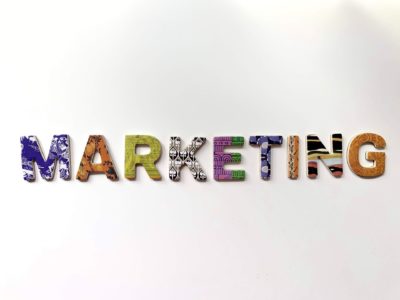HR and Marketing: A Match Made in Heaven
At first glance, the human resources and marketing departments of a company seem like opposites. Marketing works primarily with customers of a company, while HR is more preoccupied with the company’s employees. Yet, they have more similarities than meets the eye.

Both departments are entrenched in the brand of a company, and how to convey it appropriately for others to consume. For marketing, it’s customers, and for human resources, it’s fellow employees. It makes sense for the two departments to come together and work together for a collective goal. Check out these three situations when HR should consider collaborating with their marketing department!
1. Recruitment and Hiring
Human resources has long owned the recruiting and interviewing process of any company, and that shouldn’t be changing anytime soon. However, a shakeup in your hiring might not be a bad idea for your company. Recruitment marketing is a rising trend in HR, which can mainly be attributed to the growing importance of social media, a more competitive job market, and the entry of the millennial generation in the workforce, according to a recent survey by HR.com. So how can you utilize your company’s marketing department to the best of your ability? Depending on the size and scope of your company and recruitment, options like employee referrals and brand advocates, a personalized career page, and targeted ads are all ways you can improve the quality of your hiring. Keep in mind, no two companies are the same, meaning their recruitment and interviewing process won’t be either. Some companies might not have the bandwidth or the budget to support all of these initiatives, so open up a conversation with your marketing department to come up with ways you can individualize your recruitment process so it fits your company well.
2. Onboarding
Once you’ve found that perfect new hire, it’s time to onboard them! But if you’re relying on the same onboarding process you’ve had in place for years, it might feel stale. Once again, this is a fantastic opportunity for your marketing department to help breathe life into your onboarding process. A study by Jobvite found that almost 30% of employees leave their new job within the first 90 days of employment. The main reason? Their day-to-day role wasn’t what they expected it to be. Make sure you fix this problem with your new onboarding process. Explain in clear detail not only what you expect of your new hires, but how they can succeed in their role and how you can assist them in doing so. While HR is the expert on the information that needs to be conveyed during onboarding, look to your marketing department to offer insight on the best way to convey that information, making it an effective and informative onboarding process for each new hire.
3. Company Culture
We know how important company culture is. A company’s culture speaks to the values it upholds, the environment employees get to work in, and the goals they work toward. This is perhaps the best instance in which marketing and HR can work together. Not only do both departments have a holistic view of the company that other departments might not possess, but they’re also stakeholders in the two most important elements of company culture – the brand and the people. Marketing has a deep understanding of a company’s brand, and HR works closely with employees. Combined, it’s a match made in company culture heaven. Using HR’s know-how and marketing’s creativity, brainstorm to design unique strategies for implementing a company culture you know your employees will appreciate and enjoy. This can range from something simple like a company outing to a more extensive learning and development program tailored for your employees.
Sometimes, the best ideas come from where you least expect them. If your hiring, onboarding, or company culture could use some TLC, it’s time to join forces with your marketing department! What unexpected ideas have you come up with when working with a different department? Let us know!





